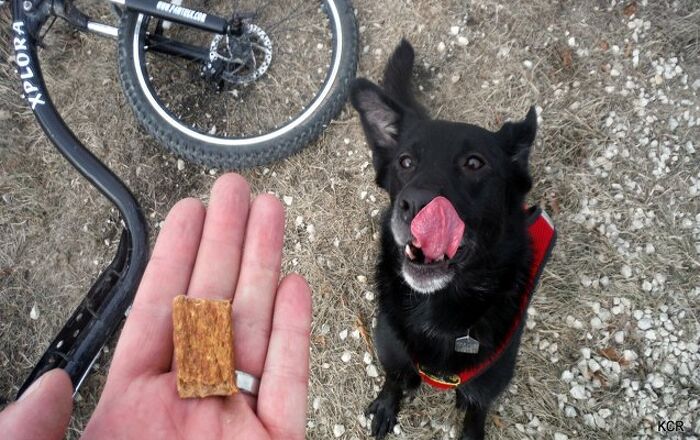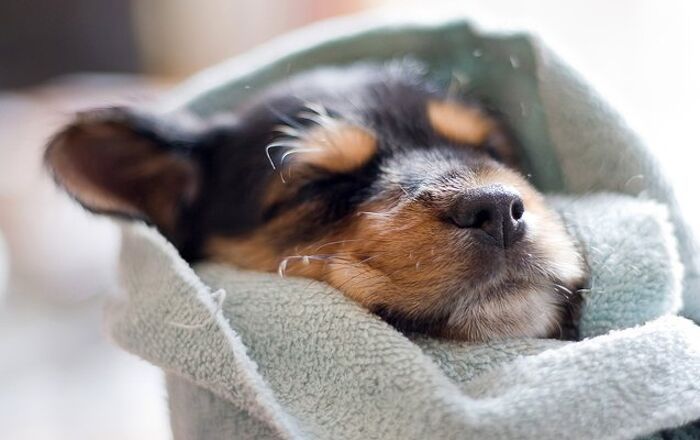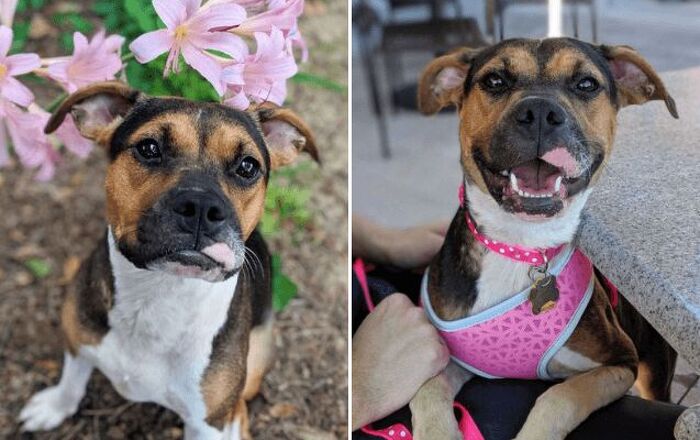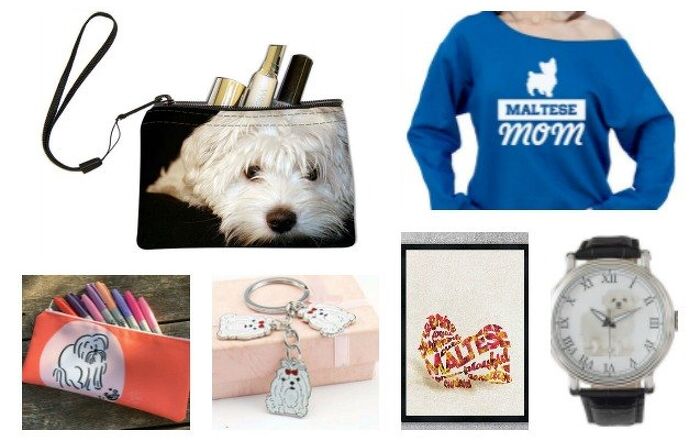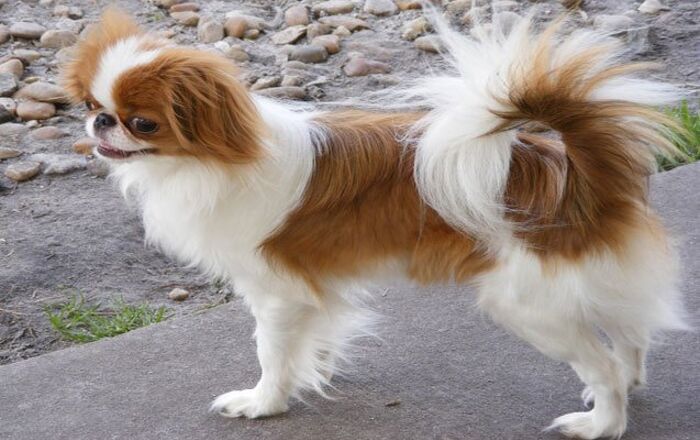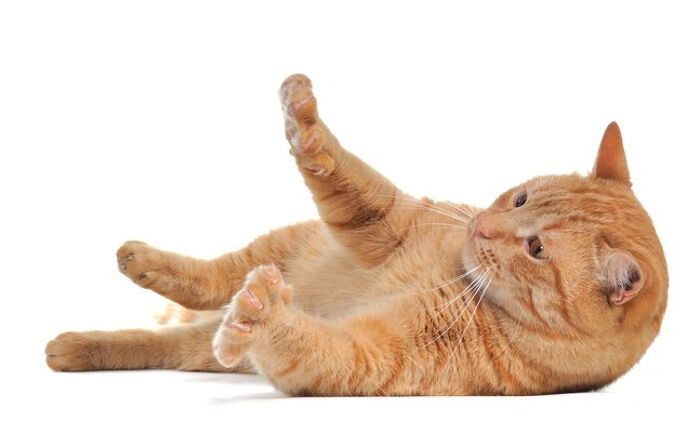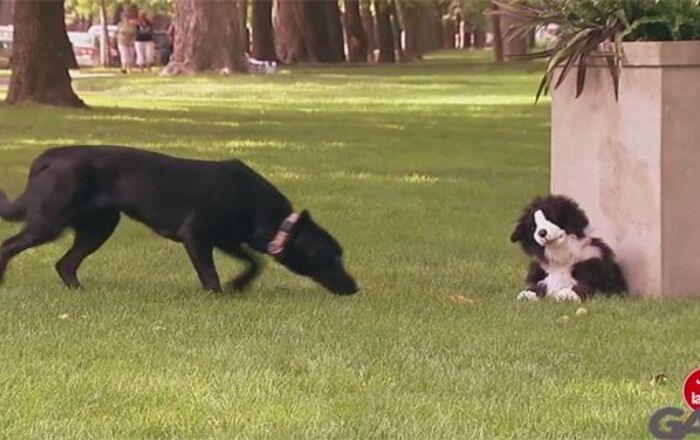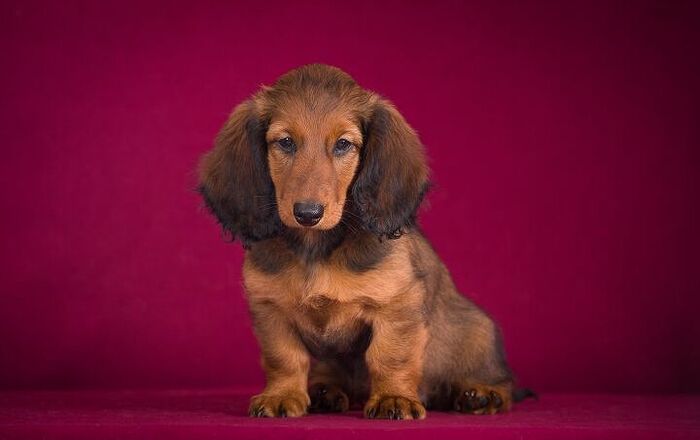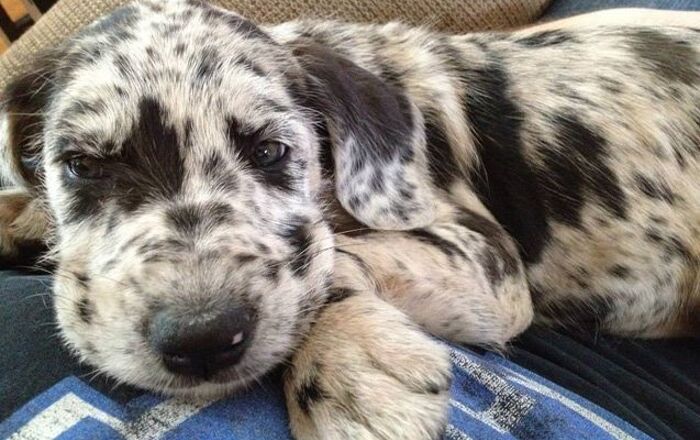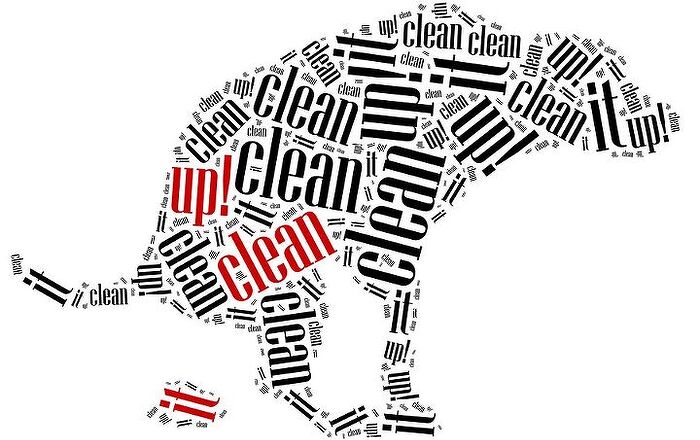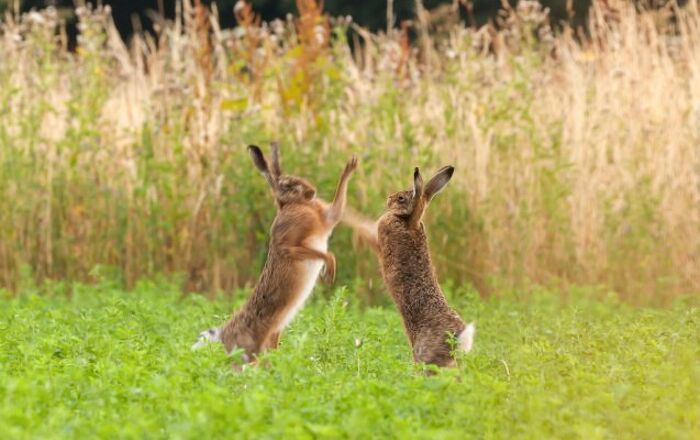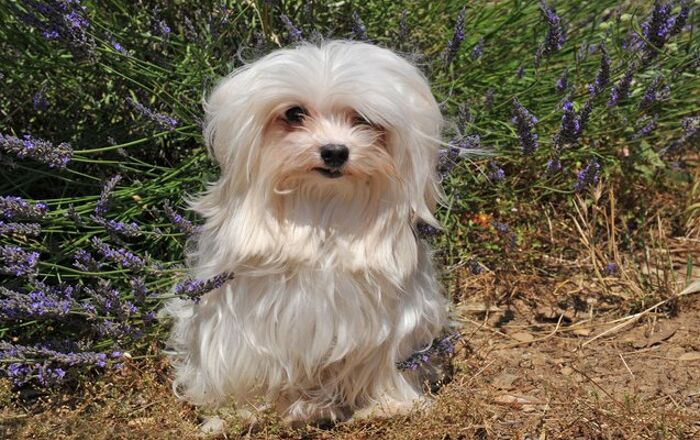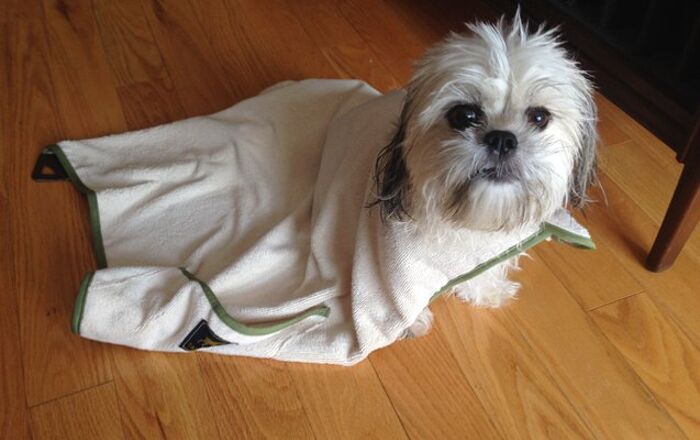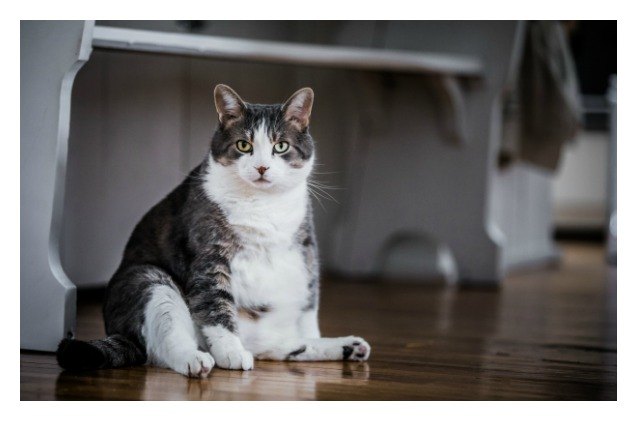
A new study published in the Danish Journal of Archaeology shows that since the Viking era, cats have continued to grow to be about 16 percent bigger than they were in days of old.
An interesting new finding has come from scientists studying domesticated cats, and claims that while most of today’s animals went through the process of domestication through the years and shrank, cats have actually done the opposite–growing to be about 16% bigger than they were in Viking-era days.
Related:Science Proves Cats Were Perfect Even Before Domestication
The study was published in the Danish Journal of Archaeology and compared dogs who are on average about 25% smaller than their closest wild relative the gray wolf to cats, who seem to have gotten bigger through the years of evolution and domestication.
Believing that domesticated cats are all from a single subspecies–the Near Eastern wildcat–a genetic study in 2017 suggested that cats went from Southwest Asia and Africa into Europe in two separate waves. The Near Eastern wildcat still roams wild today in the Middle Eastern desert, and Viking-era cats are believed to have come from the second wave of migration as early as 1700 B.C. Experts believe that sailors would bring cats with them on their voyages to control rodent population.
Julie Bitz-Thorsen is the study’s co-author and dug through dozens of bags of mixed animal remains from Copenhagen’s Zoological Museum. She had to go through dog, horse and cow bones as well to find all the cat skulls, tibias, femurs and more that were used for the latest research.
Before the Viking Age, which was most likely between 650-1050 AD, cat remains were not regularly left or found, and they began to show up more as urban settling began. Bitz-Thorsen mostly found remains from Viking-era pits and she said that it was easy to show the cats were skinned because their necks were broken or cut marks were evident.
Related:Why Cats Aren’t Like Other Domesticated Pets
She says that as cats continued to spread to rural areas as well as estates and towns, unlike their canine counterparts, they grew in size. The researchers don’t know why they seemed to grow versus shrink as domesticated dogs did, but they believe access to more and better food, as well as better living conditions, made a difference. Additionally, more people began to bring cats into their homes as pets and not just for their fur or their rodent-hunting skills, and this relationship could have helped them grow bigger and better treated.
